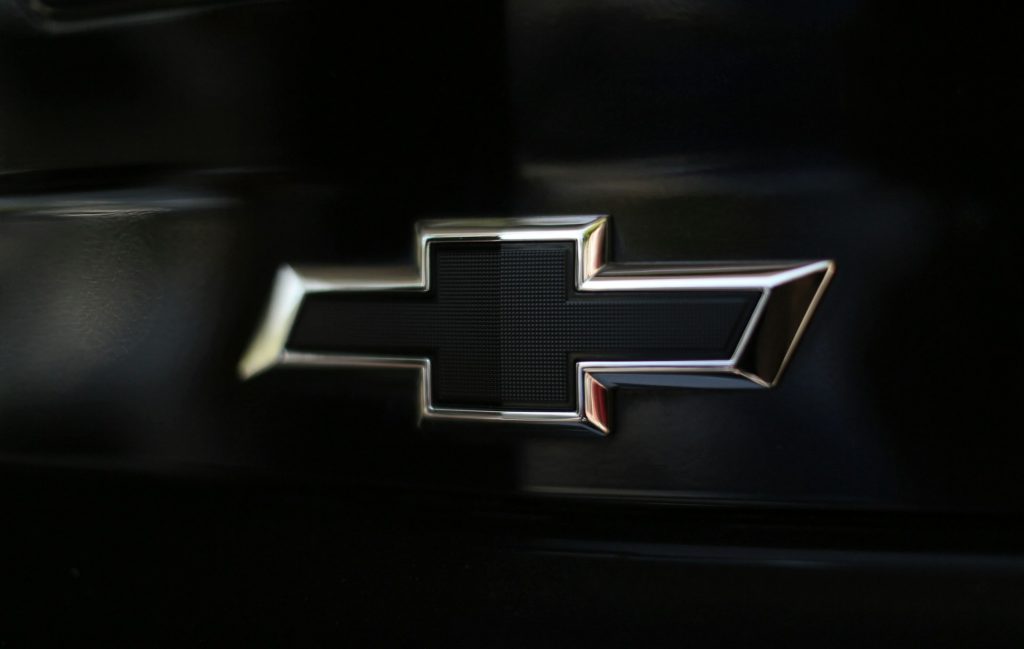Chevrolet Pivots from V8 Legacy to Affordable EV Future

General Motors is charting a new course, balancing its storied performance heritage, epitomised by the Chevrolet Corvette, with an aggressive new strategy focused on launching a family of accessible electric vehicles by 2026. This marks a significant pivot from its V8-powered icons to a mass-market electric future.
The Corvette’s Enduring Legacy
For over six decades, the Chevrolet Corvette has been a fixture in the automotive hall of fame. First launched in 1953, its heritage rivals that of any European sports car. The seventh-generation (C7) model, sold from 2014 to 2019, represented a major leap in this lineage.
This C7 was only the third model to earn the iconic ‘Stingray’ name, a signal of GM’s broadened ambitions. While the Corvette was traditionally a legend in its US home market, the C7 was engineered with global standards in mind, featuring a lightweight aluminium frame and carbon fibre panels. This was complemented by the introduction of the ‘Grand Sport’ name, a homage to the 1963 racer, which received intensive retuning for European markets and was available in the UK, albeit only in left-hand-drive.
Engineering a Modern Icon
The C7 Stingray’s dramatic, low-slung appearance was a direct result of its advanced engineering. It sits on a redesigned aluminium box-section frame, which was 60 per cent stiffer and 45kg lighter than the steel frame of the previous C6 model. Power was delivered by the formidable 6.2-litre, naturally aspirated LT1 small-block V8, featuring modern technologies like direct fuel injection and cylinder deactivation.
Instead of common coil springs, Chevrolet continued to use composite transverse leaf springs. This unique setup allowed for the car’s exceptionally low bonnet and roofline—lower even than many rivals—and contributed to its generous boot space. European-spec cars further benefited from adaptive magnetorheological dampers as standard, offering tidy handling on the track.
A Strategic Shift to Accessible EVs
While the C7 Corvette represented the pinnacle of its traditional performance, GM is now looking towards a different kind of volume. GM President Mark Reuss recently outlined a new strategy focused on affordability. Speaking on the InsideEVs ‘Plugged-In’ podcast, Reuss anticipated a new “family of things” that will maintain a low price point without compromising on essential functions.
This strategy will be anchored by the return of the Chevrolet Bolt, which is expected in the first quarter of 2026. The plan is to extend this single model into an entire range of affordable EVs aimed squarely at the mass market.
GM Targets the Sub-$30,000 Segment
Reuss confirmed the new electric models would follow the Bolt’s “price-quality path,” targeting an initial price point of “more or less” $30,000. This move is designed to make electric mobility accessible to a much wider audience with vehicles offering a reasonable daily range.
While the revived Bolt is expected to be related to the EUV version, GM has not ruled out bringing back the original, smaller Bolt silhouette. This new family of affordable EVs could include compact crossovers and even a saloon, all designed to achieve high sales volumes in popular segments. This announcement marks a significant challenge to competitors, as GM aims to decisively break the $30,000 barrier for its new generation of electric vehicles.





